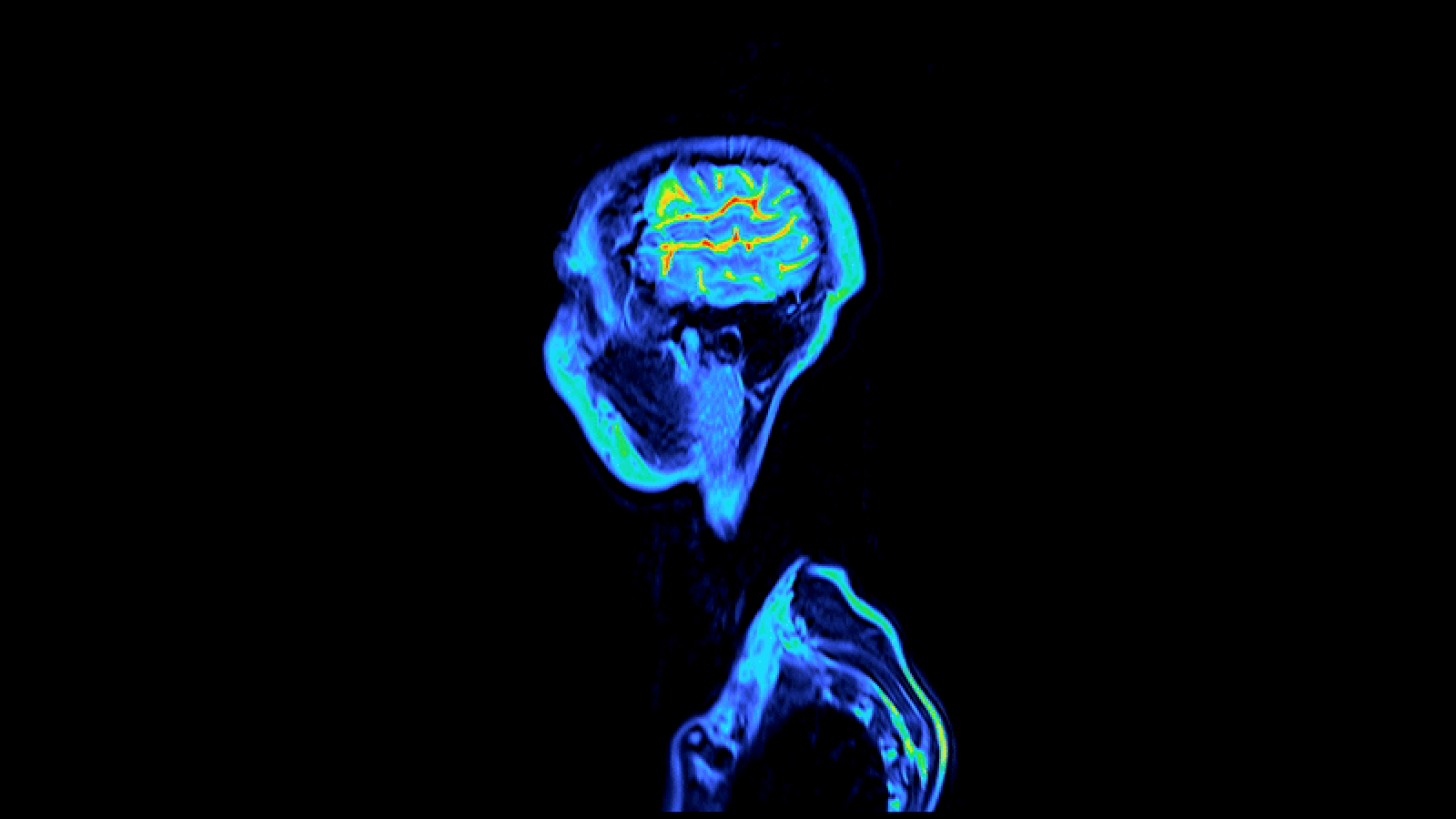Brain Encodes, Controls Responses to Fear: Study
Fear is a universal emotion. We've all gotten a real or irrational jolt from the sight of a hairy spider or something much more dire. But what happens in the brain during a fright has remained mysterious. New research, however, has begun to explain how this part of our brain works.
As a basic survival mechanism, fear helps to keep us safe from danger. We react with a "fight or flight" response — tensing our muscles, freezing in place or taking off. Our heart rate and breathing quicken.
The walnut-sized amygdala is the region of the brain responsible for recognizing and responding to fear in these ways. New research zeroes in on the part of the amygdala that controls the messages our brains send out: the central amygdala. In fact, two studies have shown how the central amygdala encodes memories of fear and controls learned responses to fear.
This makes the central amygdala less of a mysterious black box, according to Wulf Haubensak, one of the study researchers at the California Institute of Technology.
"What is new is we got a bit deeper in dissecting the functional components of one of the major fear control centers in the brain," he told LiveScience.com.
Both studies looked at freezing behavior in mice. Researchers conditioned the mice to associate a mild electrical shock with a tone, and then observed how much the mice "froze in fear" after hearing the tone.
The first study, conducted primarily by researchers at the Friedrich Miescher Institute for Biomedical Research in Switzerland, found that the fear memories are encoded in specific groups of neurons located in the lateral part of central amygdala.
Sign up for the Live Science daily newsletter now
Get the world’s most fascinating discoveries delivered straight to your inbox.
The other study showed how the central amygdala controls the messages it sends out to other parts of the brain. The researchers — working at a number of institutions, including Cal Tech — found that the central amygdala relies on a sort of seesaw mechanism that inhibits the neurons that essentially tell the rest of the brain how to respond when an animal senses something it has learned is harmful.
The researchers believe the seesaw mechanism helps to carefully control and balance the animals' fear response, according to Haubensak.
This work could improve understanding of the wiring behind fear in humans and may help to develop drugs that act by tipping the balance within these circuits to reduce the heightened fear in phobias and anxieties, he said.
The studies appear in the Nov. 11 issue of the journal Nature.












